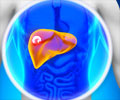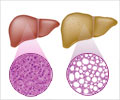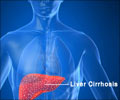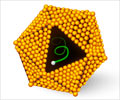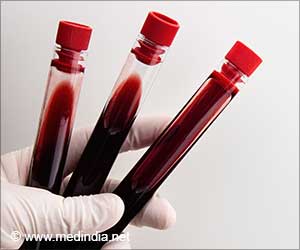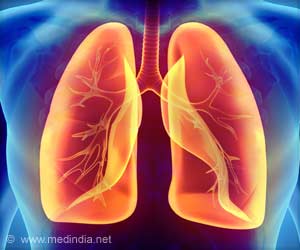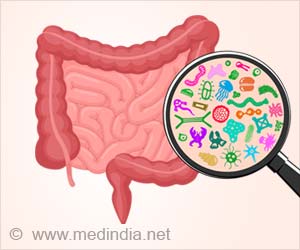Molecule that helps in the repair of liver wounds has been discovered by a team of researchers. CD26/DPP-4 is a promising biomarker for hepatic disease.
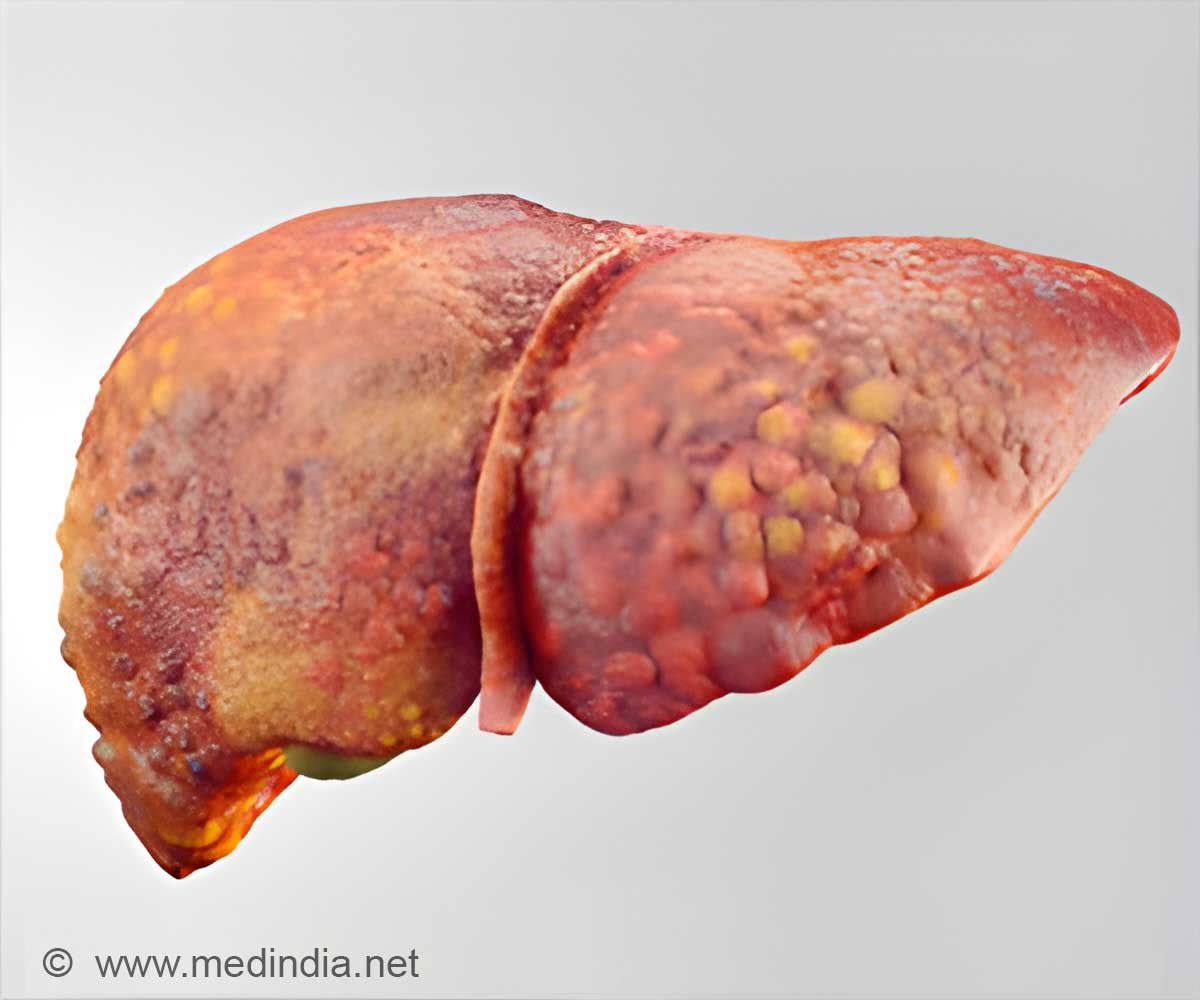
‘CD26/DPP-4 is a promising biomarker for hepatic disease and helps in regeneration of acute liver wounds.’





Moreover, apart from its role in the control of the amount of sugar present in blood, the molecule DPP4 appears to be related with inflammatory reactions in various pathological processes.A new study from researchers of CEDOC-NOVA Medical School|Faculdade de Ciências Médicas and Instituto Gulbenkian de Ciência was led by Maria Paula Macedo and Carlos Penha-Gonçalves, respectively, and was published in Hepatology Communications.
In this study, the researchers explored the role of CD26/DPP-4 during injury of the hepatic tissue leading to evident reduction of the main liver immune cell population (Kupffer cells). It was shown that the blood levels of CD26/DPP-4 enzymatic activity are augmented when this population of liver immune cells is diminished, both in acute and chronic mouse models of liver injury.
Inversely, the levels of blood enzymatic activity decreased during recovery of these cells.
The authors observed that specific deletion of such immune liver cell population in absence of liver tissue damage also lead to significant increase in CD26/DPP4 blood enzymatic activity. Thus, these results show the close relation between functional changes in Kupffer cells associated with hepatic diseases and the molecule CD26/DPP-4.
Advertisement
Moreover, it can become a valuable biochemical parameter for the evaluation of hepatic lesion or disorder since so far can this evaluation can only be performed using invasive techniques.
Source-Eurekalert





